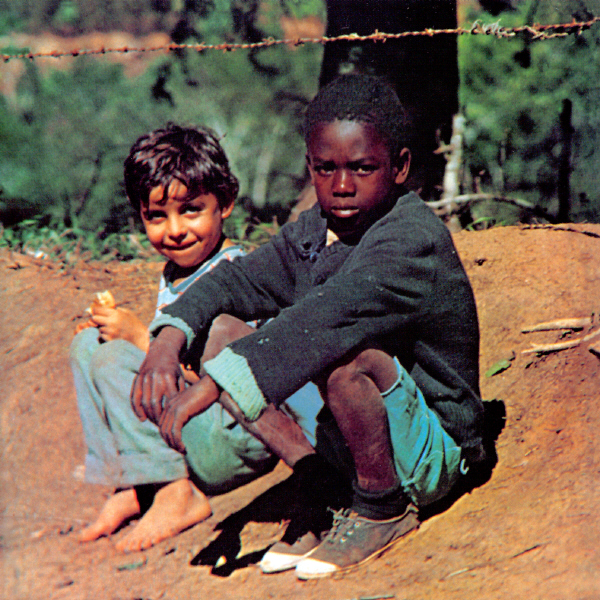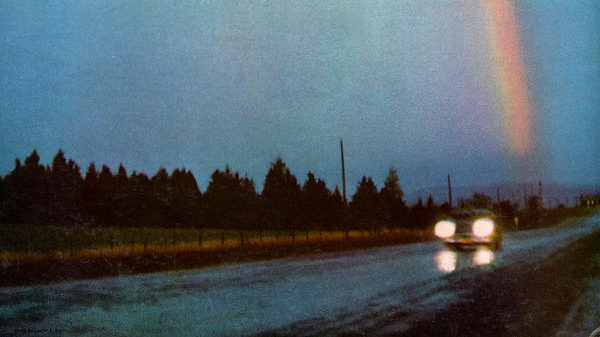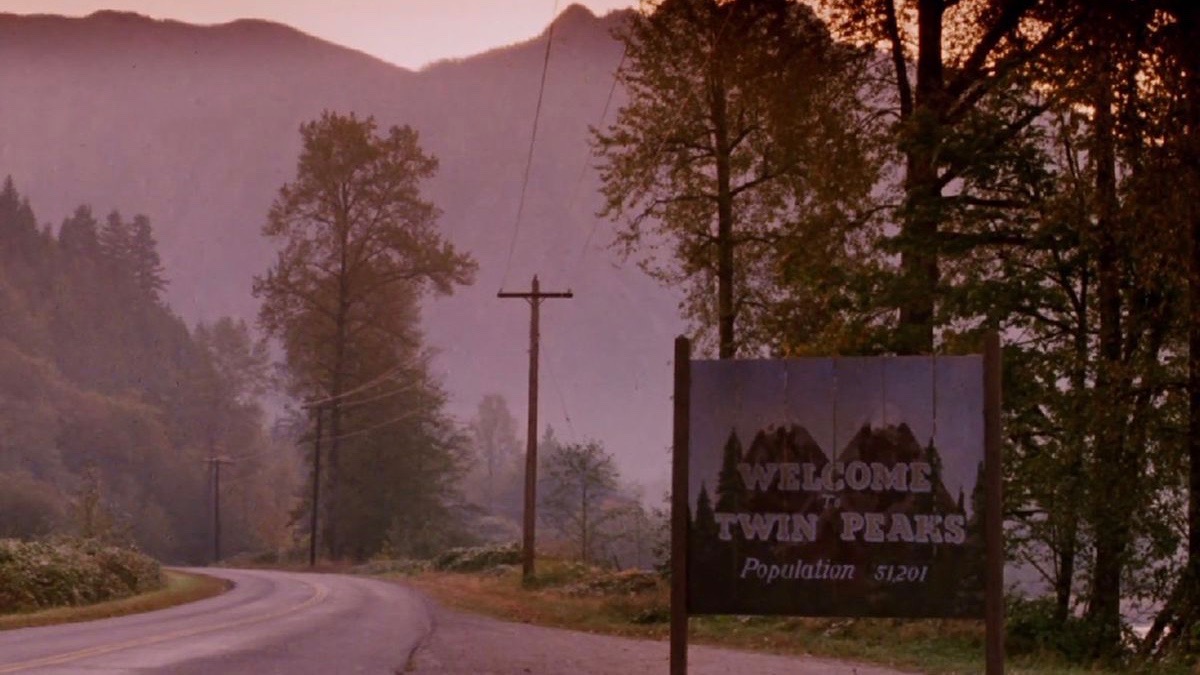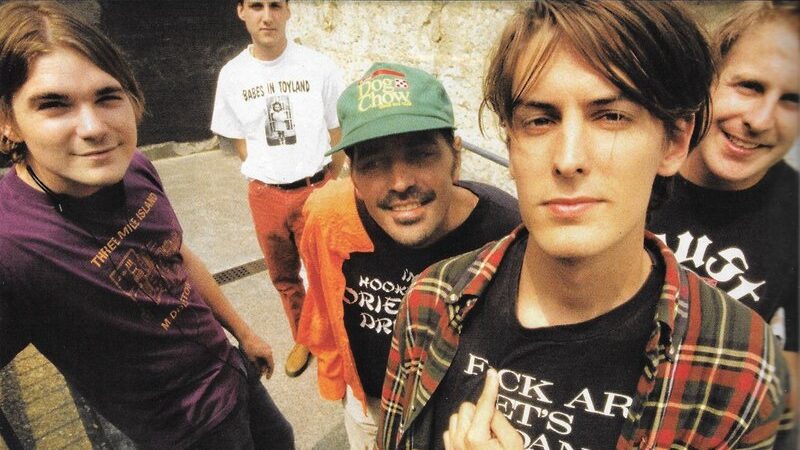
Milton Nascimento and Lô Borges’ 1972 collaborative album, Clube da Esquina, is a towering achievement of alluring melodies and gorgeous arrangements; an unqualified masterpiece, it may very well be the finest album ever produced in Brazil, and deserves to be considered among the greatest albums of the seventies.
I have this weird tendency where I often find myself comparing a new movie or book to something that I already know well, specifically as a way to better understand the new piece that I’m not as familiar with. In my mind, if I can make connections, or see the influences in something, it helps me connect with that story or project quicker and more meaningfully than if I encountered it in a vacuum.
The same applies – perhaps even more heavily – to how I view music. If I can see how a group like Funkadelic influenced OutKast, then my appreciation for both artists begins to grow, because I start to understand where some of the unique elements of an album like Maggot Brain grew to contribute some of the unique elements of an album like Aquemini. But every so often, a record comes along that sounds so different from anything else that came before or after it, that comparisons don’t really work on any level. Sure, some sounds might have been influenced by works before, and the best of these albums have influenced more than their fair share of artists afterwards, but making one-for-one comparisons usually leaves most of what makes these records so special out of the equation.
One of the standout “sounds like nothing else” albums to me is Milton Nascimento and Lô Borges’ 1972 double-LP, Clube da Esquina. Named after the growing musical collective of the same name, Clube da Esquina acted as a musical mission statement for the small collective in post-bossa nova Brazil. Much like the Tropicália movement before, the Clube da Esquina scene mixed influences from psychedelic rock, prog, and folk from the global north, with more traditional Brazilian folk music and recent bossa nova. While this mix of influences would create the bombastic sounds of Tropicália, the sound of Clube da Esquina thrives on melancholic melodies and harmonies that seem to float over each and every carefully cultivated, lush arrangement.
Few songs on Clube da Esquina better highlight those main ingredients than its opening two tracks: “Tudo que você podia ser” and “Cais.” Setting the musical tone for the rest of the album to follow, “Tudo que você podia ser” is lush and energetic, while “Cais” takes its time in building up its arrangement – only really teasing a melody that will play a major role during the second half of the record. The balance of “energetic” vs. “slow-building” songs does wonders towards keeping the roughly hour-long album from dragging.
While the majority of the tracks on Clube da Esquina, including the aforementioned songs, were written and recorded by Milton Nascimento, some of the best highlights are offerings from Lô Borges – the barely-twenty-year-old singer/songwriter/multi-instrumentalist who made his recorded debut on tracks like “O trem azul” and “Um girassol da cor de seu cabelo.” While the first of these sounds like it could have fit on any late-60s Beach Boys album – we’ll return this comparison later – the standout of these two, for me, is “Um girassol da cor de seu cabelo.” Its almost-seamless 180, from a crooning ballad to fast-paced soul/funk, amazes me every time I listen to the record. That transition alone is one of my absolute favorite musical moments on any album.
All of the songs that I’ve mentioned are helped immensely by the voices of both Nascimento and Borges, but no track is lifted more by Nascimento’s vocal work than “Clube da Esquina nº 2.” Here, Nascimento utilizes his voice purely as another instrument on this track, choosing to use non-verbal vocal lines that act both as a lead-in for the song’s main orchestral line, as well as a supplemental arrangement during the outro.
That makes now as good of a time as any to mention the concept of “voice as just another instrument.” To prepare for writing this review, I spent some time reading what other people had to say about it, and undoubtedly, a big part of Clube da Esquina‘s appeal is found in its lyrics. While – from what I have read in translated lyrics online – the words are just as well thought out and engaging as the musical arrangements on the album, as someone who only knows one word in Portuguese (Mutantes), the lyrics are a non-factor to me, only because I can’t fully understand or appreciate what they are saying.
While that may seem like a detractor to some, it only makes me love this album more – when the melody lines are so strong and so well-supplemented, that the voices just become another instrument in the arrangement. This reminds me of Brian Wilson’s approach towards lyrics during the SMiLE sessions. Sure, thought out lyrics can help the emotional impact of a song, but the way the singer’s voice becomes a part of the arrangement is often more important than what they’re actually saying.
I know I started this review by saying that you really can’t compare this album to anything else, and I ended it by comparing it to something else, but even with some similarities in arrangements and underlying philosophies, Clube da Esquina still stands alone. I’ve never heard anything else that truly sounds like it, and in some ways, I hope I never do.



